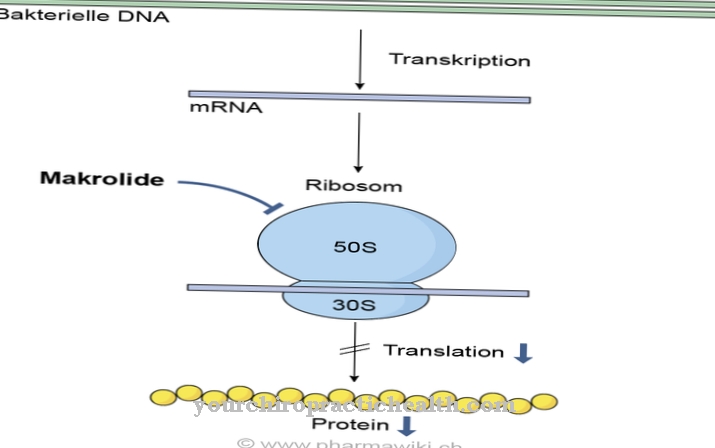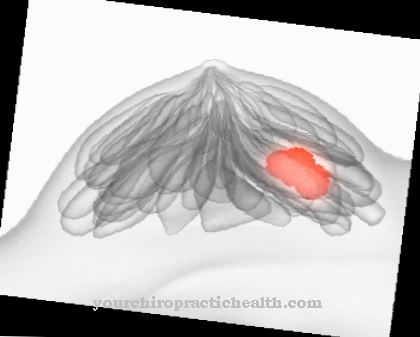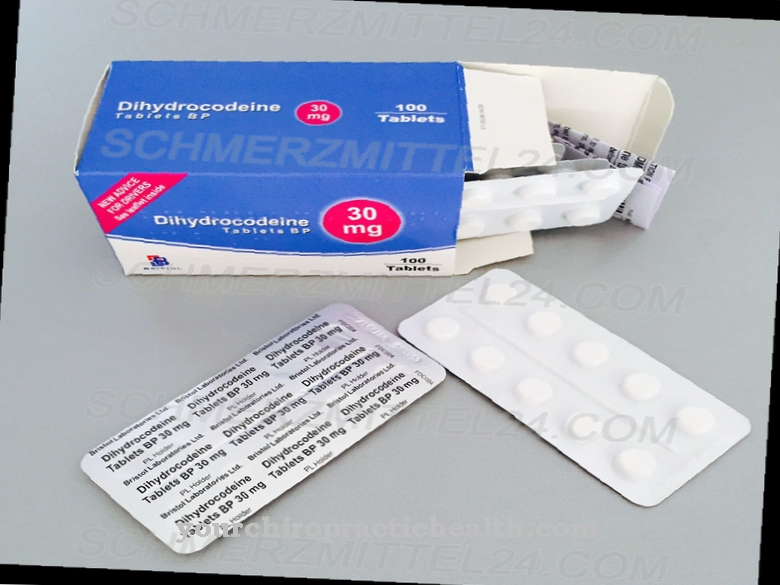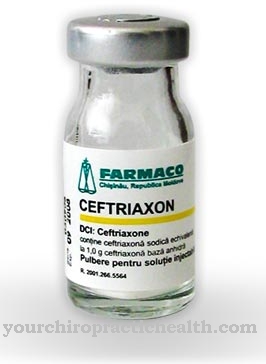At Astemizole it is a so-called antihistamine, which is used to treat allergies symptomatically. However, this drug is no longer available on the German market.
What is astemizole?

Astemizole is an H1 receptor antagonist and a second generation antihistamine. By blocking the histamine receptors, astemizole abolishes or at least weakens the formation of the messenger substance histamine.
Unlike first-generation preparations, astemizole cannot cross the blood-brain barrier and thus cannot enter the central nervous system. Astemizole and similar preparations came onto the market from 1984 onwards. In Germany and Austria this preparation was sold under the brand name Hisamanal.
This preparation has now been withdrawn from the market in most countries. The reason: In rare cases, there may be strong interactions with some enzyme inhibitors. However, the drug is still being researched. One possible area of application in the future could be tumor therapy.
Pharmacological effect
Astemizole was used to treat allergic conjunctivitis, allergic rhinitis, hay fever, and nettle rash and was administered orally.
The active ingredient binds the H1 receptors in the blood vessels, in the muscles of the bronchi, in the gastrointestinal tract and in the uterus. Astemizole is quickly absorbed by the body in the gastrointestinal tract, so that it has a half-life of just 24 hours.
Because the active ingredient binds to a receptor, astemizole is called a competitive antagonist. The active ingredient therefore occupies the receptors and forms a complex with them. By displacing the messenger substance histamine from the H1 receptors, astemizole has an antiallergic effect. This prevents symptoms such as itching, swelling and reddening of the skin.
In addition, the preparation has an anticholinergic effect because it docks with the muscarinic receptors. This is a membrane-resistant receptor in which acetylcholine, one of the most important neurotransmitters in the human organism, is produced. This plays an important role in the transmission of excitations between nerves and muscles. This messenger substance is linked to numerous cognitive processes, which is why it is an important factor in connection with diseases such as Alzheimer's disease. Because this disease also manifests itself through a lack of that messenger substance.
Medical application & use
The preparation astemizole was used to weaken or completely cancel the effect of the messenger substance histamine. The most important application is the treatment of allergic complaints. In addition to itching and reddening of the skin, this also includes inflammation of the body and the conjunctiva of the eye.
The first generation of H1 antihistamines were replaced by preparations such as astemizole, because the former could easily cross the blood-brain barrier, which enabled the active ingredients to quickly penetrate the central nervous system. This enabled the possible side effects to be reduced considerably.
Second-generation preparations such as astemizole have now been withdrawn from the market in Germany and many other countries and have been replaced by newer preparations. These cause fewer side effects and also offer further therapeutic advantages.
Due to the relatively long half-life of 24 hours, astemizole offered patients who tolerated the preparation the advantage that a single daily dose was sufficient. The preparation, which was mainly absorbed by the body in the gastrointestinal tract, was excreted in the faeces.
Risks & side effects
In addition to minor side effects such as dry mouth, tiredness and disorders in the gastrointestinal tract, astemizole mainly had cardiological side effects. In addition to cardiac arrhythmias, the preparation could also cause cardiac arrest or ventricular fibrillation.
Although these side effects were rare, they were very severe. As a result, the use of astemizole has been completely discontinued in numerous countries and greatly reduced in others.
The side effects affecting the heart have been shown to be particularly severe in patients who have suffered from liver damage or QT prolongation. The reason for this is that the potassium channels within the heart muscle are blocked. In extreme cases, this blockage can lead to torsades de pointes tachycardia, which is noticeable by a heart rate of 150 beats per minute. In extreme cases, this can turn into ventricular fibrillation and thus represent a life-threatening situation for the patient.



























